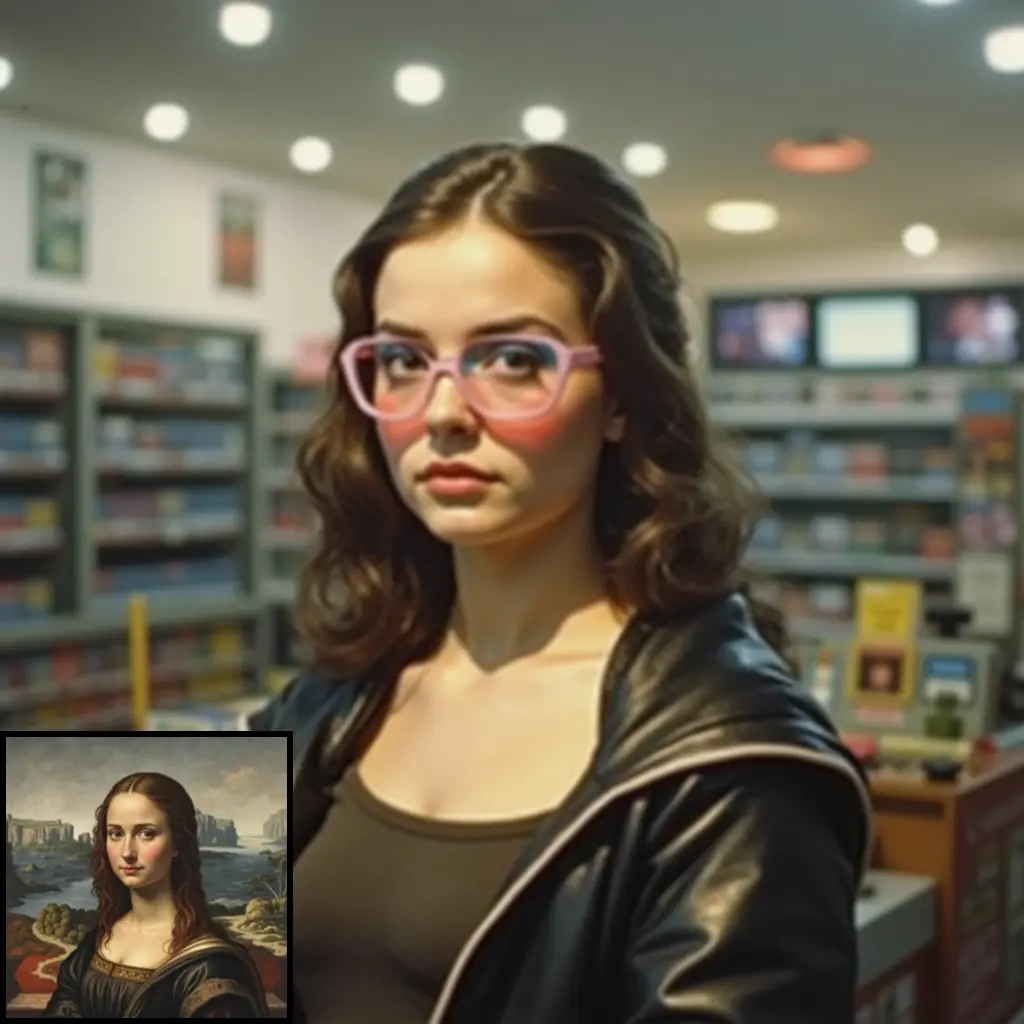ComfyUI Node: NNT Visualize Model Graph
NntVisualizeGraph
CategoryNNT Neural Network Toolkit/Models
inventorado (Account age: 3209days) Extension
ComfyUI Neural Network Toolkit NNT Latest Updated
2025-01-08 Github Stars
0.07K
How to Install ComfyUI Neural Network Toolkit NNT
Install this extension via the ComfyUI Manager by searching for ComfyUI Neural Network Toolkit NNT- 1. Click the Manager button in the main menu
- 2. Select Custom Nodes Manager button
- 3. Enter ComfyUI Neural Network Toolkit NNT in the search bar
Visit ComfyUI Online for ready-to-use ComfyUI environment
- Free trial available
- 16GB VRAM to 80GB VRAM GPU machines
- 400+ preloaded models/nodes
- Freedom to upload custom models/nodes
- 200+ ready-to-run workflows
- 100% private workspace with up to 200GB storage
- Dedicated Support
NNT Visualize Model Graph Description
Visualize neural network models graphically for easy understanding, debugging, and optimization.
NNT Visualize Model Graph:
The NntVisualizeGraph node is designed to provide a visual representation of neural network models, offering a clear and intuitive way to understand the structure and flow of data within a model. This node is particularly beneficial for AI artists and developers who wish to gain insights into the architecture of their neural networks without delving into complex code. By visualizing the graph, you can easily identify the connections between different layers and components, which can aid in debugging, optimizing, and explaining the model's behavior to others. The primary function of this node is to generate a graphical depiction of the model, which can be customized in terms of dimensions to fit various presentation needs.
NNT Visualize Model Graph Input Parameters:
MODEL
The MODEL parameter represents the neural network model that you wish to visualize. This input is crucial as it defines the structure that will be graphically represented. The model should be a pre-trained or defined neural network that you are working with. There are no specific minimum or maximum values for this parameter, as it depends on the complexity and type of the model you are using.
input_data
The input_data parameter is the data that will be fed into the model for visualization purposes. This data helps in simulating the flow through the network, allowing you to see how inputs are processed at each layer. The nature of this data should match the expected input format of the model, but there are no strict constraints on its size or type, as long as it is compatible with the model.
image_width
The image_width parameter specifies the width of the generated visualization image. This allows you to control the horizontal size of the output, ensuring that the graph fits well within your desired display or documentation format. The minimum and maximum values for this parameter depend on your specific needs and the resolution you aim to achieve.
image_height
The image_height parameter determines the height of the visualization image. Similar to image_width, this parameter lets you adjust the vertical size of the output, providing flexibility in how the graph is presented. The values for this parameter should be chosen based on the aspect ratio and detail level you require for the visualization.
NNT Visualize Model Graph Output Parameters:
visualization_image
The visualization_image is the primary output of the NntVisualizeGraph node. It is a graphical representation of the neural network model, showing the various layers and connections in a clear and organized manner. This output is essential for understanding the model's architecture and can be used for presentations, reports, or further analysis. The image provides a visual summary of the model, making it easier to communicate its structure and functionality to others.
NNT Visualize Model Graph Usage Tips:
- Ensure that the
MODELparameter is correctly defined and compatible with the input data to avoid errors during visualization. - Adjust the
image_widthandimage_heightparameters to achieve the desired resolution and aspect ratio for your visualization, especially if you plan to include it in presentations or reports. - Use the visualization to identify potential bottlenecks or inefficiencies in your model's architecture, which can guide further optimization efforts.
NNT Visualize Model Graph Common Errors and Solutions:
Model not compatible with input data
- Explanation: This error occurs when the input data does not match the expected format or dimensions required by the model.
- Solution: Verify that the input data is correctly formatted and matches the model's input requirements. Adjust the data preprocessing steps if necessary.
Image dimensions too large
- Explanation: Specifying excessively large values for
image_widthorimage_heightcan lead to memory issues or slow rendering times. - Solution: Reduce the dimensions to a more manageable size that still provides the necessary detail for your visualization needs.
Visualization not displaying correctly
- Explanation: This issue may arise if there are compatibility problems with the visualization library or if the model structure is too complex.
- Solution: Check for updates to the visualization library and ensure that your model is not overly complex for the visualization tool. Simplify the model if possible or break it into smaller sub-models for visualization.
NNT Visualize Model Graph Related Nodes
RunComfy is the premier ComfyUI platform, offering ComfyUI online environment and services, along with ComfyUI workflows featuring stunning visuals. RunComfy also provides AI Playground, enabling artists to harness the latest AI tools to create incredible art.


